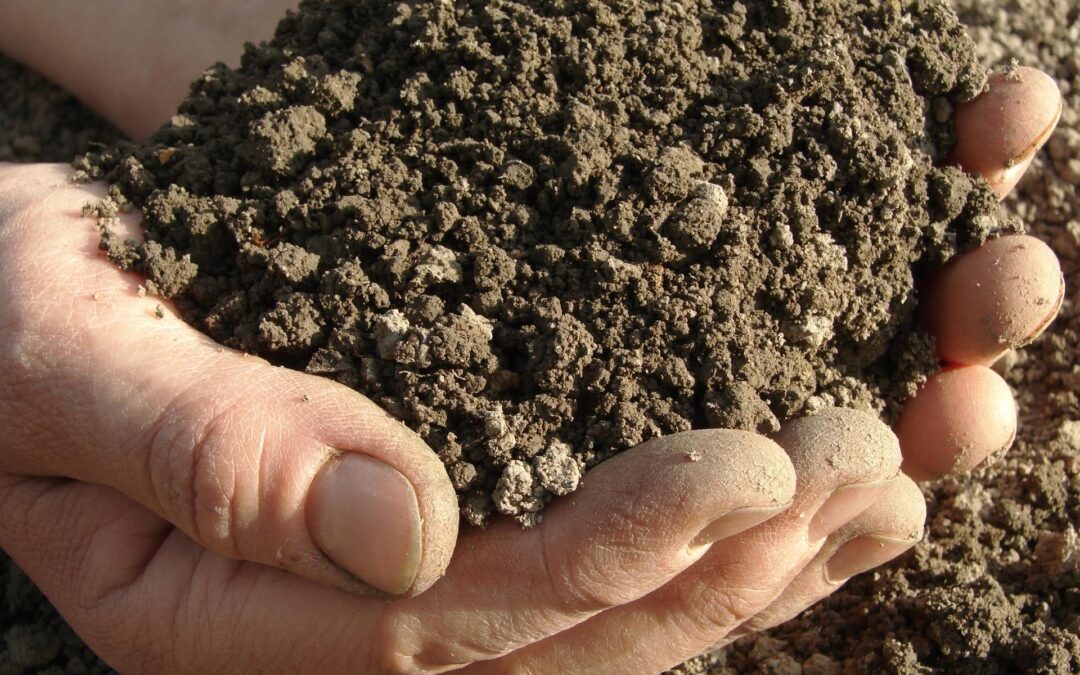As winter comes to an end and the days grow warmer, homeowners across Colorado can now start to prepare their yards for the spring season. Part of the preparation process is to tend to any soil compaction issues. Soil compaction is a common problem in yards during springtime and can create many issues for your lawn.
This blog post will cover everything you need to know about soil compaction.
An Overview of Soil Compaction
Soil compaction is when soil particles press against each other, which results in reduced soil porosity. Porosity refers to the soil’s ability to absorb and hold water, air, and even nutrients. When soil compaction occurs, the soil becomes denser, which decreases soil fertility and makes it harder for plants to grow.
This compaction problem limits the soil’s ability to absorb water and air, both of which are essential for soil health and plant growth. The plant roots are unable to penetrate the soil and won’t easily access essential soil nutrients. In addition, because soil compaction prevents water from infiltrating the soil, it can lead to soil erosion, flooding, and runoff.
Conditions When Soil Compaction Is Most Damaging
Soil compaction is most damaging when soil moisture is at its highest levels. This situation is typically more pronounced in the springtime when soil moisture starts to increase. As soil moisture increases, soil particles are unable to separate, and compaction begins to take hold. The problem is worse when soil is subjected to heavy foot traffic or machinery.
The soil compaction problem is also exacerbated by soil type, structure, and texture. For instance, soil with high clay content is more prone to soil compaction. Clay soil particles are smaller and finer, which means these particles can pack together more easily. Compaction in high-clay soils creates a soil structure that’s often difficult to reverse without proper aeration and amendment.
Causes of Severe Compaction
Although soil structure and moisture are huge factors in soil compaction, there are other things that can contribute to the problem.
Heavy Machinery
Heavy equipment, such as tractors and backhoes, can create a soil compaction problem. These machines are often too heavy for the soil to handle and cause particles to press against each other. This action can result in both soil compaction and soil structure degradation. Degradation occurs when soil particles are separated from each other and soil quality declines, which also decreases soil porosity and soil fertility.
Foot Traffic
Heavy foot traffic can also cause soil compaction. This situation is especially true when the soil is already wet or moist. When soil particles press against each other due to the weight of people who walk on them, the underlying soil structure balance no longer exists. The soil cannot absorb or retain water anymore. Your lawn may begin to die slowly, even when you try to water it.
Springtime is when most people want to work on their lawns. But unfortunately, they often spend too much time in one place as they work on soil that’s already wet. This situation can create soil compaction issues, and you’ll likely end up with an unhealthy lawn.
The compaction causes soil to lose its structure, which results in waterlogged and unworkable areas in your yard. And when soil particles compact together, water can no longer infiltrate the soil, which means your grass roots cannot get the moisture they need as runoff occurs.
How a Lawn Care Specialist Can Help
Fortunately, soil compaction should not be a permanent problem. A lawn care specialist can help you manage soil compaction and improve soil structure. The following techniques can help:
Radial Trenching
Radial trenching is one of the best ways to alleviate soil compaction. Here, a lawn specialist cuts deep trenches into the soil and fills them with soil amendments, such as compost and gypsum.
These soil amendments loosen the soil and allow better water infiltration and soil aeration. This technique often works best when compaction occurs near a tree or shrub’s root zone.
Aeration Plugs
This technique involves the insertion of hollow plugs into the soil, which loosens the soil and allows air and water to move more freely. The hollow plugs help soil particles stay separate and create a better soil structure. Remember that aeration plugs need to be deep enough to break through soil compaction. You should also space them out evenly, so they don’t cause compaction in other areas.
Before a lawn care specialist performs these fixes, they have to first use a penetrometer to measure soil compaction. A penetrometer is an important tool that helps the specialist understand how deep soil compaction is and how much soil amendment your lawn requires.
Ultimately, soil compaction can be a serious problem during springtime, especially if the soil structure and texture take a hit. Remember to monitor soil compaction regularly to keep tabs on soil structure and health. And if the compaction becomes too severe, reach out to us at Schulhoff Tree & Lawn Care. With our expertise and soil testing tools, we can help you get your soil structure back on track.

